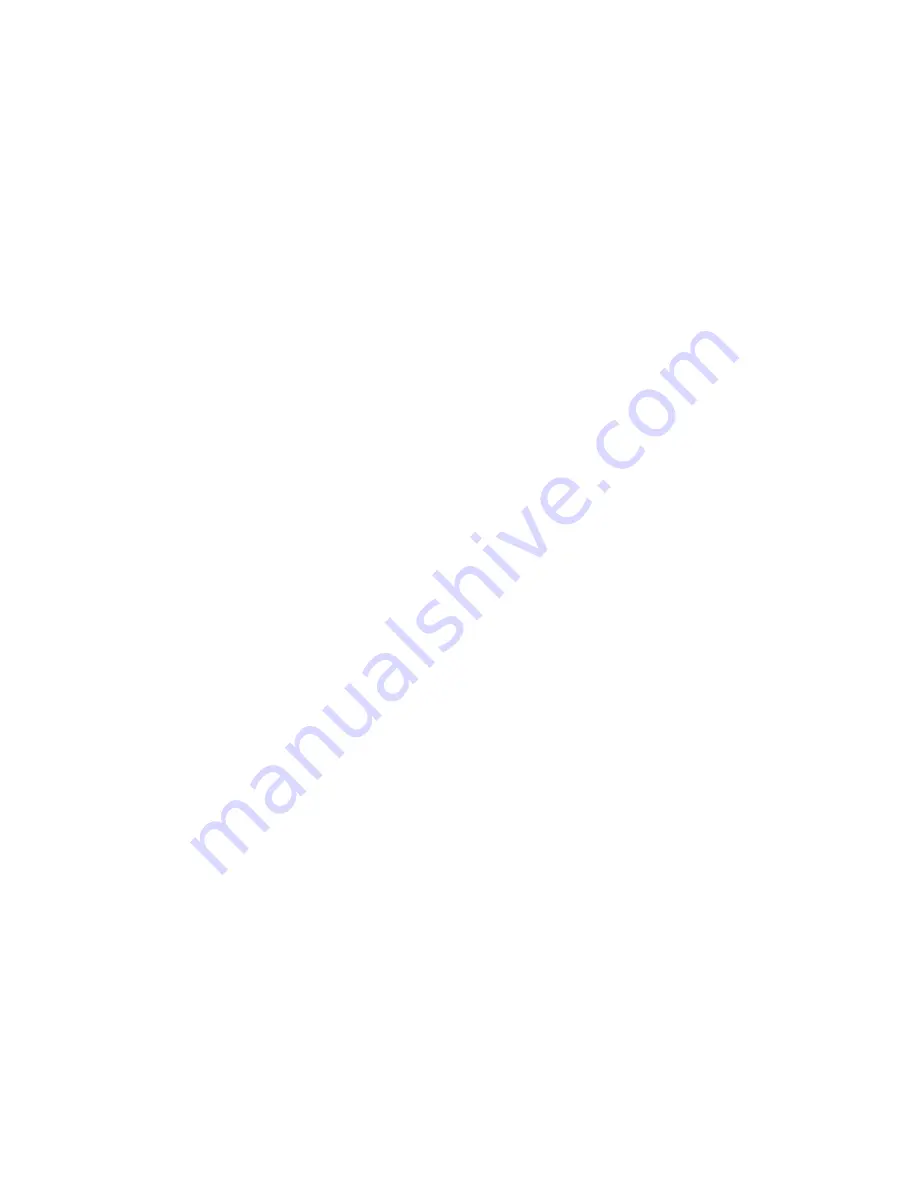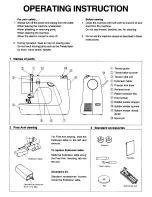
Contents
TO REMOVE BOBBIN CASE .......................................................... 7
TO WIND BOBBIN ........................................................................ 7
TO ADJUST BOBBIN WINDING DEVICE ........................................ 9
TO THREAD BOBBIN CASE ......................................................... 10
TO INSERT BOBBIN CASE INTO THE MACHINE .......................... 11
TO INSERT NEEDLE..................................................................... 11
RIGHT NEEDLE AND THREAD FOR RIGHT CLOTH ....................... 12
TO THREAD NEEDLE ................................................................... 13
TO RAISE LOWER THREAD ......................................................... 14
TO START SEWING ..................................................................... 14
TO REGULATE TENSION OF UPPER THREAD .............................. 15
TENSION OF LOWER THREAD .................................................... 16
TO USE BUILT-IN SEWLIGHT ...................................................... 16
TO ADJUST PRESSURE ON PRESSER FOOT ................................. 17
TO USE DROP FEED DEVICE ....................................................... 17
TO REGULATE LENGTH OF STITCH AND DIRECTION OF FEED .... 18
STRAIGHT SEWING AND ZIGZAG SEWING ................................. 19
MANUAL ZIGZAG PATTERN SEWING .......................................... 20
TO REMOVE WORK .................................................................... 20
BUTTONHOLE SEWING ............................................................... 21
DARNING AND EMBROIDERY ..................................................... 23
HEMMING .................................................................................. 24
SEWING IN A ZIPPER .................................................................. 25
BUTTON SEWING ....................................................................... 26
BLIND STITCH HEM ..................................................................... 27
TO CLEAN SHUTTLE RACE ........................................................... 28
CARE AND ADJUSTMENT OF THE MOTOR ................................. 30
Appendix A – Compatible Parts List ........................................... 34
Appendix B ................................................................................. 35





































